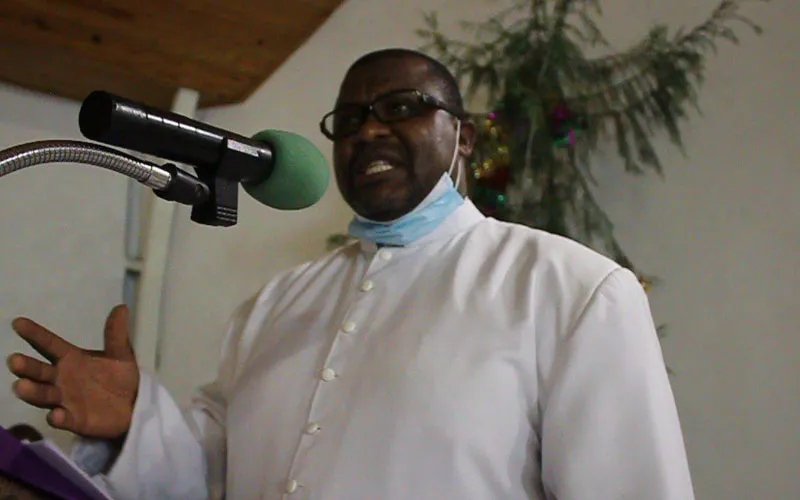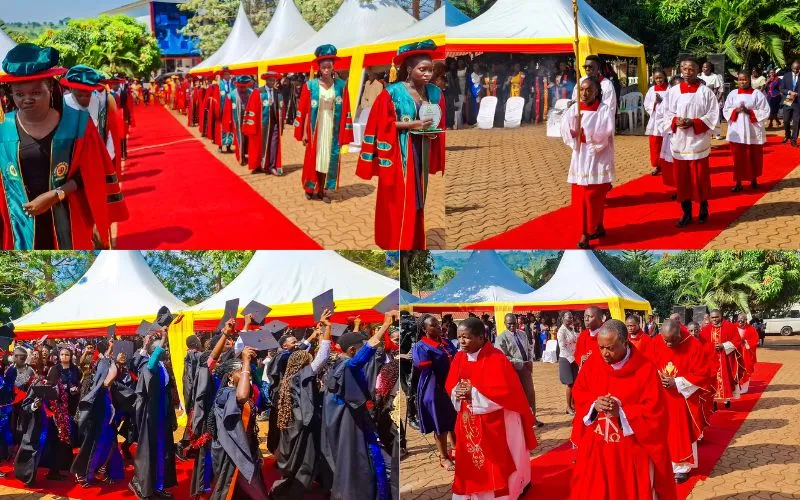“(There are) many people in search of survival, hence migration, and even the refugee situation,” he says, adding that a big number of vulnerable people including children have sought for refuge in the country’s government owned institutions for food and accommodation.
He says that the government, which is operating with very limited resources, has been trying to look after people stuck in camps.
Churches, which offered relief services, are unable to help since they are also experiencing financial challenges amid a fresh ban on public gatherings in the country.
State-run quarantine centres, which were established in the country at the onset of the COVID-19 pandemic, are now under-equipped and have become “clusters of contamination,” according to Fr. Kembo.
The centres, he says, have increased the chances of the spreading of COVID-19 since, in most cases, there is insufficient water and food.
(Story continues below)
In others, there is no COVID-19 testing going on, putting the lives of those quarantined and even the staff at risk.
The Catholic Cleric says that owing to the sorry state of the quarantine facilities, many returnees escaped from the centres while those who crossed the borders illegally never set foot in the centres.
“This gave rise to the increase in local transmission because there were no testing equipment’s and other Personal Protection Equipment for the front-line staff,” he says.
There is also a scramble for jobs outside Zimbabwe where inflation is at 622 percent, making the country’s economy unattractive. The rush for greener pastures, the Cleric says, is partly to blame for the migration crisis in the country.
“To remain in Zimbabwe is a curse while working outside Zimbabwe seems to be a blessing,” Fr. Kembo says, and explains, “As a result, most people who could not leave Zimbabwe legally risked crossing the border illegally. Some found their way into other government centres under social welfare while others are in safe houses created for those being abused at home.”
In the COVID-19 report in October 2020, the UNHCR stated that Zimbabwe hosts 291,538 people of concern including refugees and asylum seekers, IDPs, victims of Gender Based Violence as well as Stateless people.
Currently, the Tongogara Camp, located about 420 kilometers South-west of Harare hosts about 14,300 refugees.
Because of this big number, the Ministry of Health and Child Care in Zimbabwe has categorized Tongogara Camp as a potential out-break area for the COVID-19 pandemic. Authorities at the camp have stated that the number of refugees, asylum seekers and migrants is expected to rise due to the fact that most workers were rendered redundant at the introduction of the lockdown.
Thus, migrants and refugees in Zimbabwe remain at a high risk of contracting the Covid-19 virus and spreading it due to the fact that they are always on the move.
The number of IDPs in Zimbabwe is also on the rise owing to the ongoing rains that have destroyed many homes and livelihoods especially true of the Eastern and Southern parts of the country, Fr. Kembo says.
Additionally, the fear of cyclones like Cyclones Idai of 2019 and the current Cyclone Charlene have left many people displaced with some of them staying in tents, he says.
The Cleric explains in reference to Cyclone Charlene, “This has created a serious health concern to the IDPs who are in the camps. Of these people, most of their homes were completely destroyed and breadwinners were swept by the floods; their animals were also swept away, and they were left with absolutely nothing but their lives only.”







